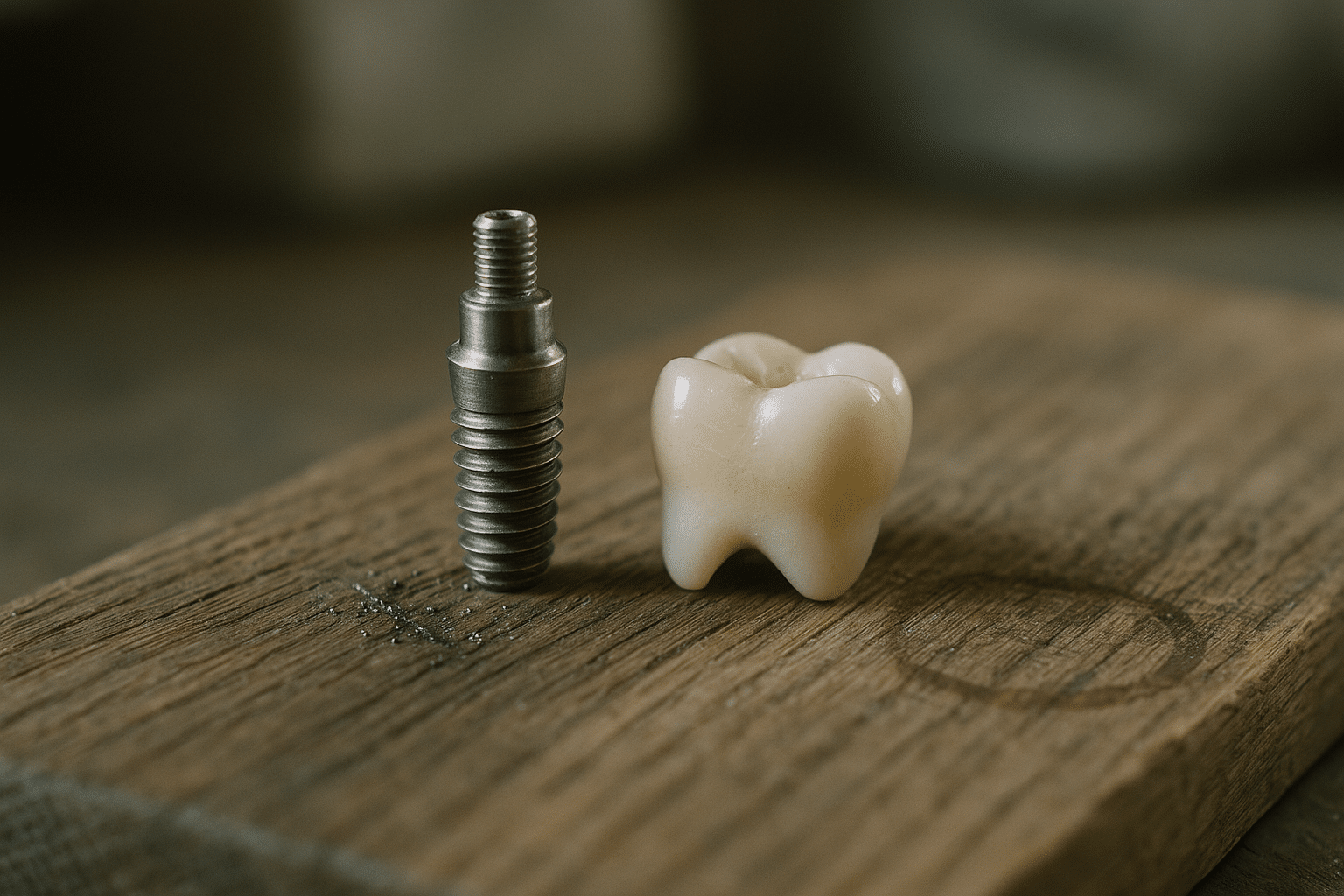
The Evolution of IoT: From Concept to Mainstream
The Internet of Things (IoT) has transformed from a futuristic concept into a vital component of modern technology, weaving into the fabric of everyday life. This evolution reflects a fascinating journey from its initial conceptualization to becoming a mainstream phenomenon.
IoT stands as a testament to technological advancement, impacting industries and personal lives alike. Understanding the Evolution of IoT requires delving into its history, challenges, and the revolutionary changes it has brought about. In the 1990s, the term ‘Internet of Things’ was coined, but its roots can be traced back even further to the idea of connected devices. Early iterations focused on machine-to-machine communication, paving the way for today’s interconnected world.
Expert Insights on IoT
Experts like Kevin Ashton, often credited with coining the term IoT, emphasize the importance of connectivity and data in driving IoT forward. According to a Statista report, the number of IoT devices is expected to reach 30.9 billion by 2025, highlighting the rapid growth and integration into various sectors.
Real-World Applications
Consider the example of smart homes, where IoT enables devices like thermostats, lights, and security systems to communicate and function seamlessly. This integration not only enhances convenience but also improves energy efficiency. For businesses, IoT offers the potential for improved asset management and process automation, leading to increased productivity and reduced operational costs.
Challenges and Considerations
Despite its advantages, IoT presents challenges, particularly concerning privacy and security. The vast amount of data collected by IoT devices can be vulnerable to breaches, necessitating robust security measures. Implementing end-to-end encryption and regular software updates are essential practices for safeguarding data.
Key Statistics
| Year | IoT Devices (Billions) |
|---|---|
| 2015 | 15.4 |
| 2016 | 17.7 |
| 2017 | 20.4 |
| 2018 | 23.1 |
| 2019 | 26.6 |
| 2020 | 30.3 |
| 2021 | 34.8 |
| 2025 | 30.9 |
Future Prospects
Looking ahead, the potential of IoT appears limitless. Innovations in artificial intelligence and machine learning are set to enhance IoT capabilities, leading to smarter, more efficient systems. Industries such as healthcare and agriculture stand to benefit significantly, with IoT offering solutions that improve patient outcomes and increase crop yields.
FAQs
What is the Internet of Things (IoT)?
IoT refers to the network of interconnected devices that communicate and exchange data over the internet.
How does IoT impact everyday life?
IoT enhances convenience and efficiency in everyday life through smart devices and systems, such as smart homes and wearable technology.
What are the security concerns with IoT?
The primary security concerns include data breaches and unauthorized access, requiring robust security measures to protect sensitive information.
In conclusion, the evolution of IoT from a mere concept to a mainstream technology underscores its significance in reshaping how we live and work. By embracing the advancements and addressing the challenges, IoT holds the promise of a more connected and efficient future. As technology continues to advance, staying informed and proactive in integrating IoT solutions will be key to leveraging its full potential.


